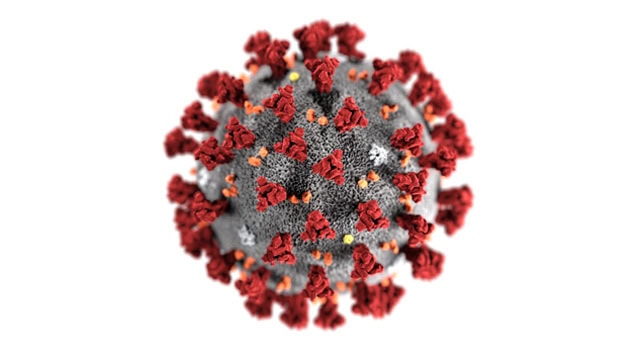Restaurant Group Rebuts ‘Superspreader’ Study

The National Restaurant Association recently released a statement describing a Stanford University study that cited restaurants as potential “superspreader” sites for COVID-19 as deeply flawed.
In the Stanford University study, researchers tracked the movements of 98 million Americans in 10 of the country’s largest cities to create predictive modeling of infection risk based on where people went, how long they stayed and how crowded those places were. Using modeling, rather than actual contact tracing, is not definitive enough to point the finger at restaurants as a major source of coronavirus spread, the National Restaurant Association (NRA) said in its statement. Click here to view the news release from the association.
The NRA has identified numerous concerns with the accuracy of the model and the determinations contained in the final report, including the following:
- Did not consider restaurant safety measures – Not all full-service restaurants are equal in relative risk. The model did not include the robust safety protocols used at restaurants throughout the country including: face-covering use/enforcement, changes in process for physical and social distancing (seating, waiting areas, lines, etc.), air flow and exchange management, indoor vs. outdoor dining, and surface disinfecting.
- Predicted transmission vs. actual contact tracing – The report determined “predicted” transmission rates based on modeling only, not on real-world contact tracing.
- Used a limited sample size – The study was conducted in just 10 major metropolitan areas and was not a representative sample of points of interest around the country.
- Unable to account for different types of movement – The model was conducted at a time (March through May 2020) in cities where restaurants were closed to indoor dining during most of that period, serving food for takeout and delivery only. Visits to restaurants to pick up takeout orders (which certainly could be captured in mobility data erroneously, as an on-premises visit to the restaurant) were not segregated in the points of interest listings.
- Unable to account for different types of restaurants – The points of interest did not discriminate between types of dining establishments, indoor dining, takeout service, etc. Not all restaurants carry equal risk – all of the management practices that have been published as guidance will reduce individual and population risks.
- Used secondhand datasets – The datasets used to calibrate confirmed case and death counts came from The New York Times and their reporters who, in turn, reported them from public news conferences and public data releases. They were not obtained directly from public health authorities who frequently update and revise the datasets.
- Did not include mask wearing in the analysis – The two biggest factors identified by the U.S. Centers for Disease Control and Prevention (CDC) and other public health officials – use of face coverings and physical distancing – are not mentioned. The model essentially estimated all levels of compliance as equal which, over time since the sampling was done, have proven that many restaurant operators are effectively managing compliance.
- The report states: “The mobility dataset we use has limitations: it does not cover all populations, does not contain all points of interest, and cannot capture sub-census block group heterogeneity. Our model itself is also parsimonious, and does not include all real-world features relevant to disease transmission.”
For more information, visit www.restaurant.org. To read the full news release, click here.
